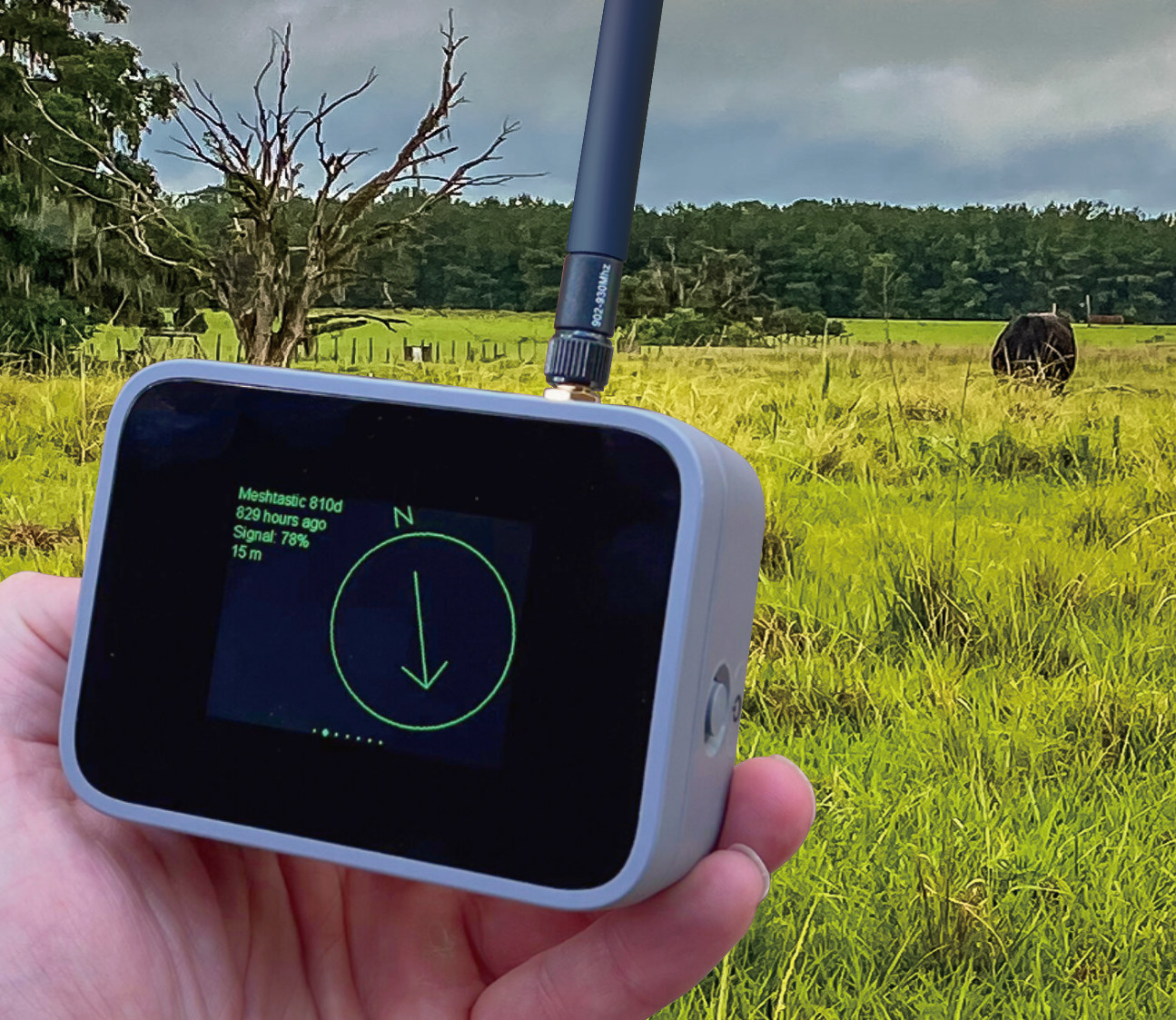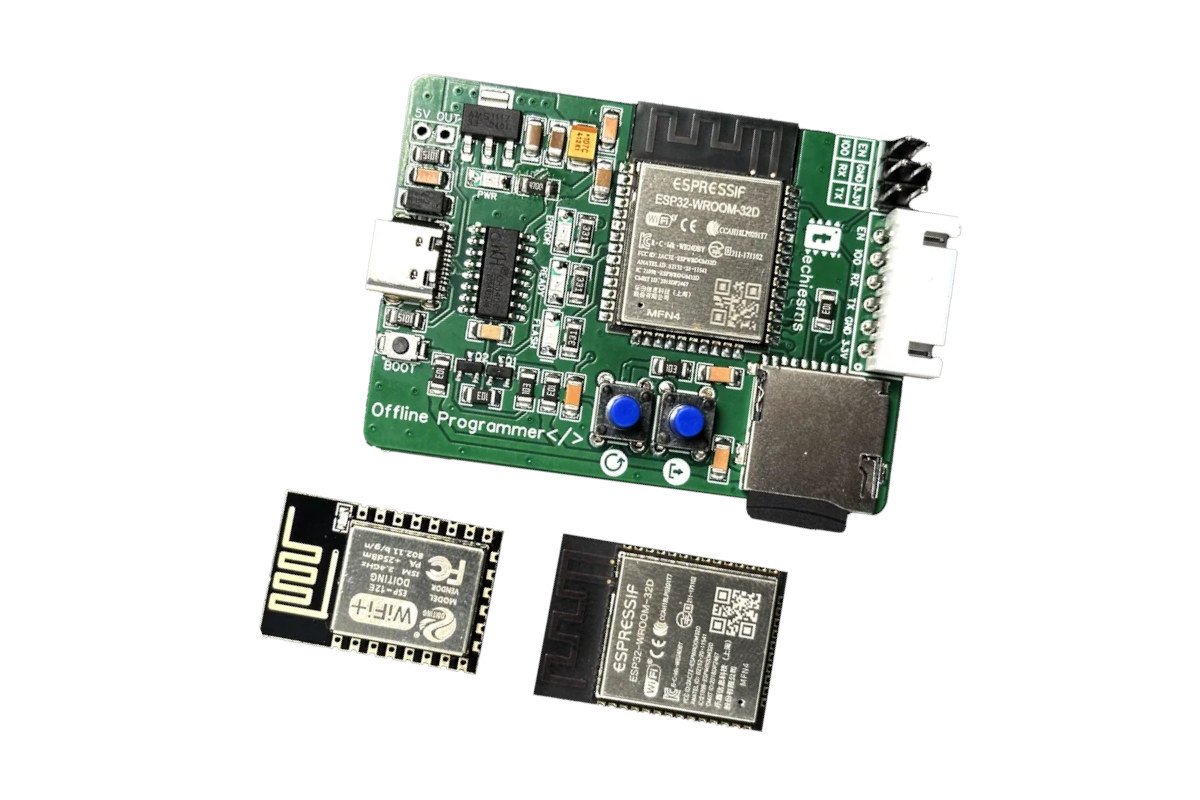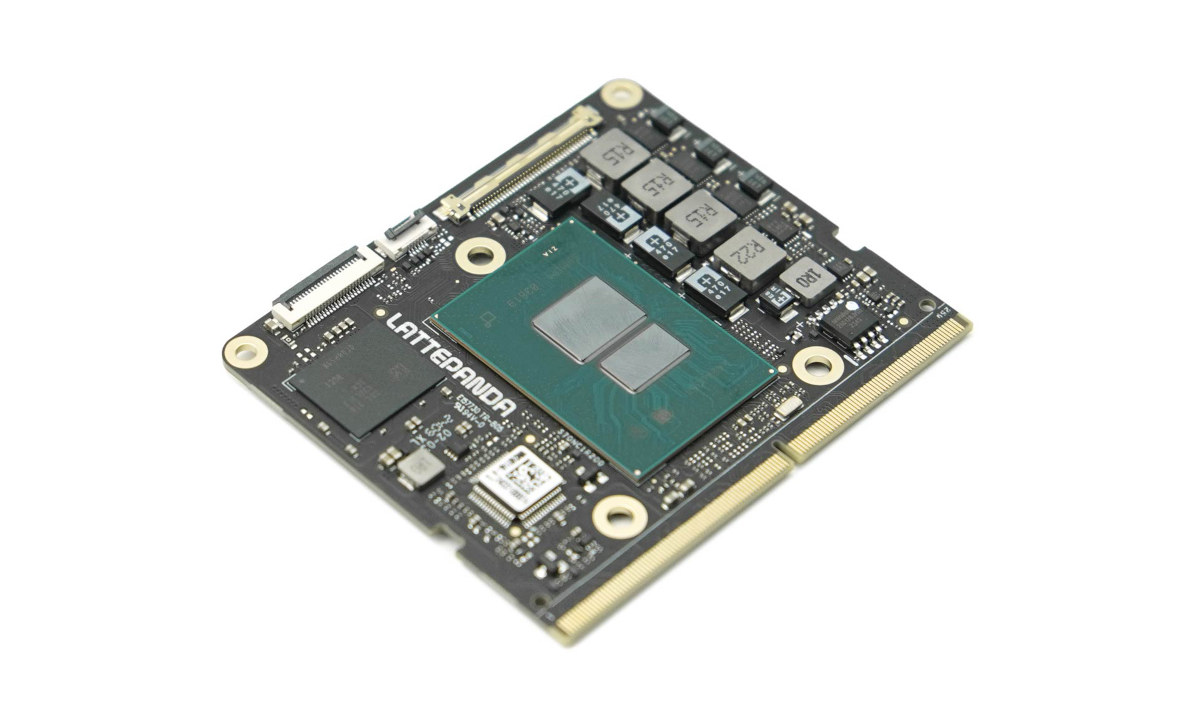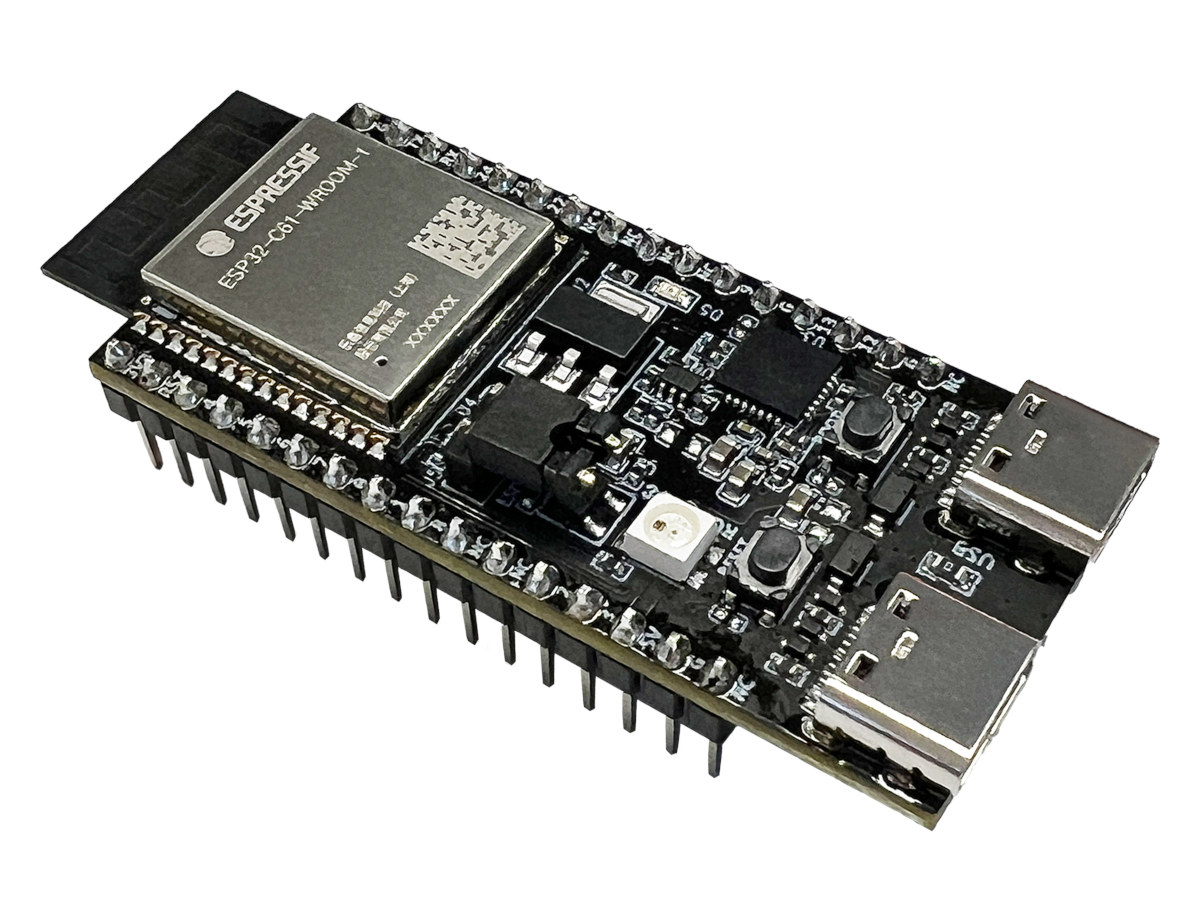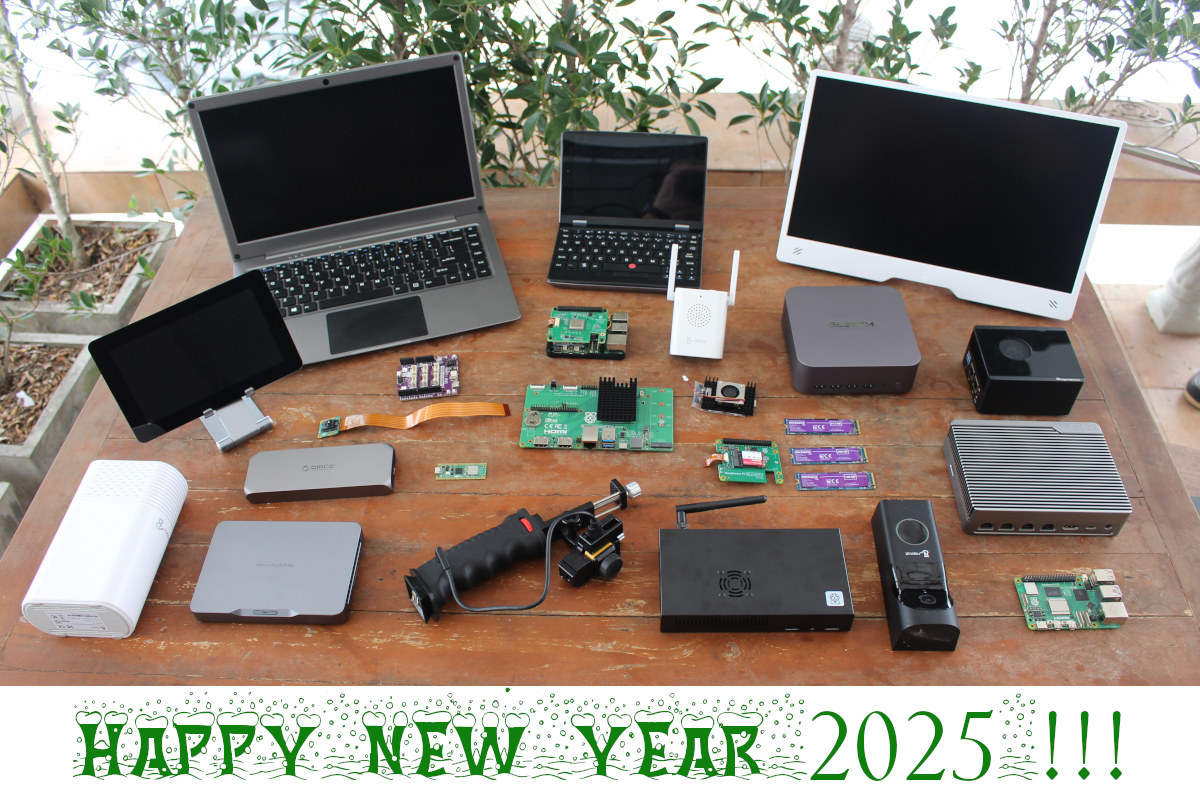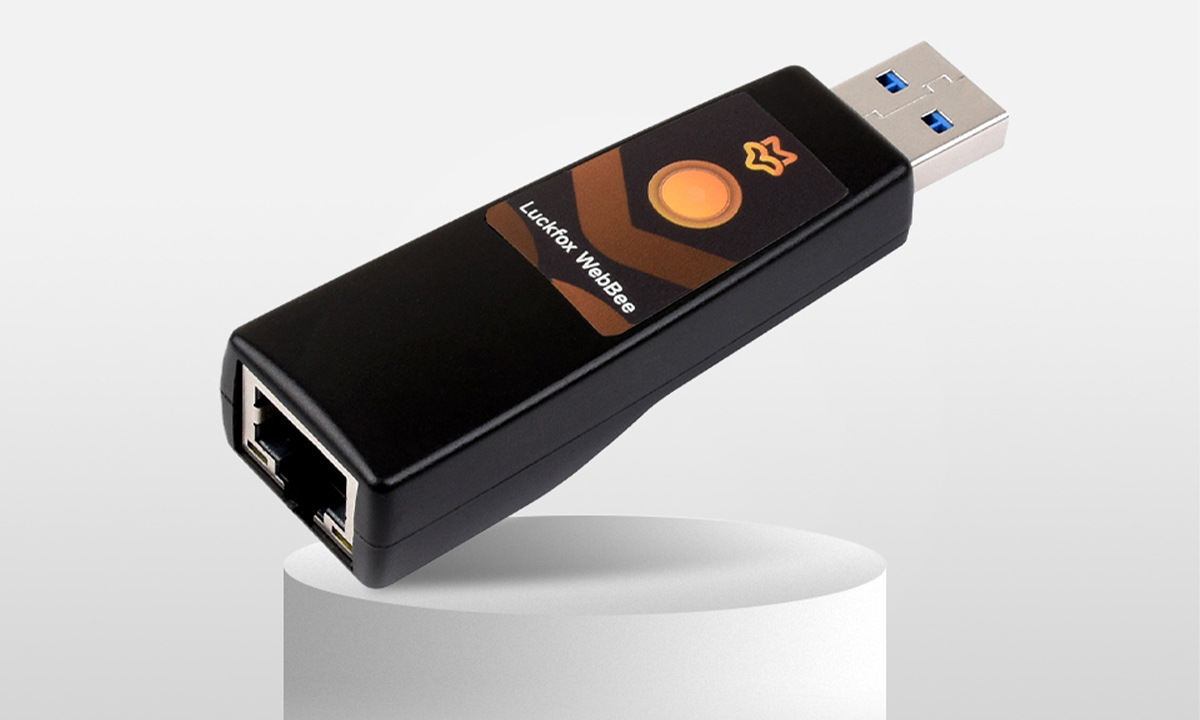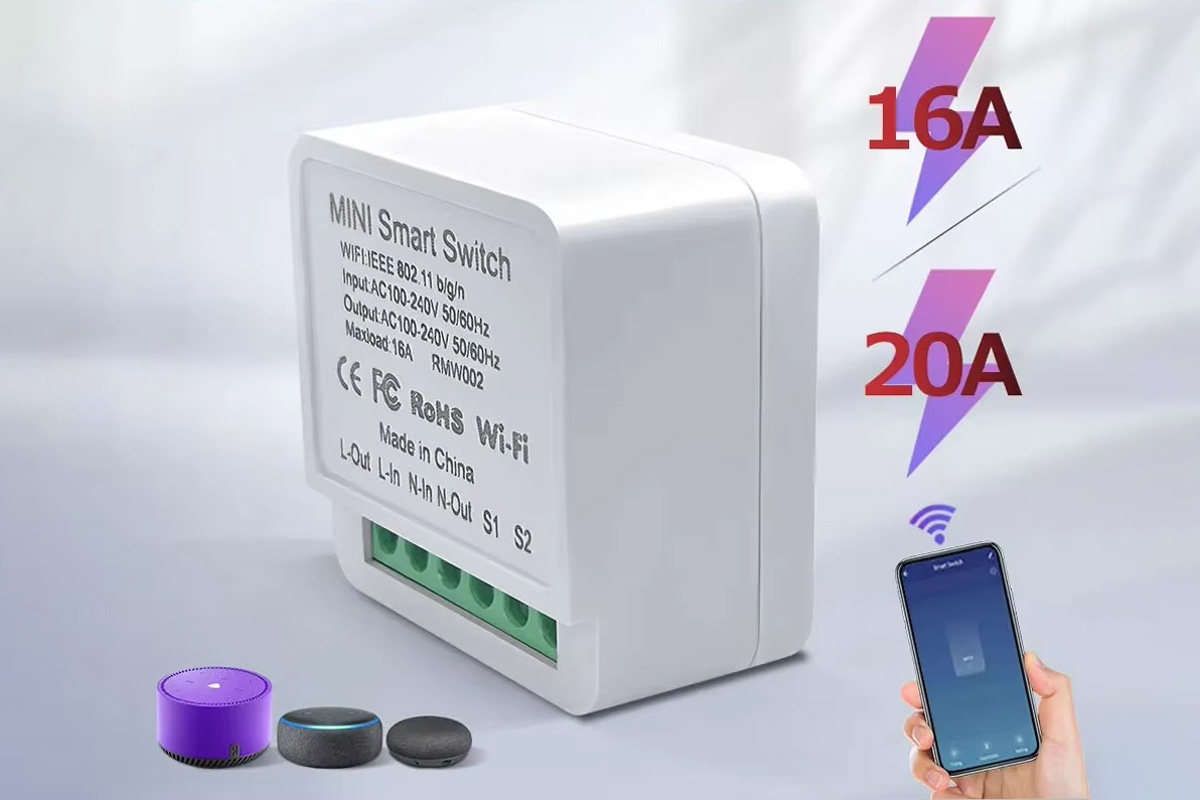EDATEC ED-SBC3300 is an industrial mini-ITX motherboard designed for the Raspberry Pi CM5 with plenty of ports and headers including HDMI 2.1 and LVDS display interfaces, seven USB 3.0/2.0 interfaces, up to two Gigabit Ethernet ports, a mini PCIe slot for 4G LTE cellular connectivity, RS232 and RS485 interfaces, and more. Like many Raspberry Pi CM5 hardware platforms, the EDATEC ED-SBC3300 mini-ITX motherboard is not exactly new since it’s basically the same as the EDATEC ED-SBC2300 Raspberry Pi CM4-powered industrial Mini-ITX motherboard, but fitted with a Raspberry Pi CM5 instead. Let’s still have a look at the specifications to see if anything has changed. EDATEC ED-SBC3300 specifications: SKUs – EDATEC ED-SBC3300 series – ED-SBC3310, ED-SBC3311, ED-SBC3320, and ED-SBC3321 SoM – Raspberry Pi CM5 SoC – Broadcom BCM2712 CPU – Quad-core 64-bit Arm Cortex-A76 processor @ 2.4GHz GPU – VideoCore VII GPU with support for OpenGL ES 3.1 graphics, Vulkan 1.2 […]
WisMesh TAP is a battery-powered Meshtastic client with a touchcreen display housed in an IP65-rated enclosure
RAKwireless’ WisMesh TAP is a battery-powered Meshtastic client with an integrated TFT touchscreen display and an IP65-rated enclosure making it suitable for outdoor use. The device supports 800 and 900 MHz Meshtastic networks and includes a GNSS module and motion sensor to provide location information through the network, besides offering off-grid messaging without a smartphone thanks to an on-screen keyboard. WisMesh TAP specifications: Core module (likely RAK4631 WisBlock Core module?) Wireless SoC – Nordic Semi nRF52840 MCU with BLE 5.0 LoRa transceiver – Semtech SX126x series with support for Meshtastic 8xx and 9xx MHz networks 800 MHz – RU864/ IN865/ EU868 900 MHz – US915/ AU915/ KR920/ AS923 Display – 320×240 TFT touchscreen display with on-screen keyboard GNSS – RAK12500 module with u-blox ZOE-M8Q GNSS location module Sensor – RAK1904 module with STMicroelectronics LIS3DH 3-axis acceleration sensor Misc Power Button 2dBi external antenna for LoRa Internal antennas for BLE and […]
ESP Offline Programmer flashes firmware to ESP32 and ESP8266 modules without PC
The ESP Offline Programmer is an ESP32 board with a microSD card slot designed to flash the firmware to other ESP32 or ESP8266 modules without a PC. You’ll still need one to copy the firmware to a microSD card, but once it’s done you can just insert the microSD card into the board and after wiring is done ideally using a jig, start the flashing sequence with the press of a button. In some ways, it’s the hardware equivalent of the esptool utility and can be useful for remote deployment where carrying a laptop may not always be convenient and potentially for flashing hundreds or thousands of modules using multiple ESP Offline Programmers in a way that’s faster than using computers. ESP Offline Programmer specifications: Wireless module – Espressif Systems ESP32-WROOM-32E ESP32 dual-core Tensilica LX6 microcontroller Storage – 4MB flash Wireless 2.4 GHz WiFi and Bluetooth LE connectivity, built-in PCB […]
The LattePanda Mu SoM is now available with Intel Core i3-N305 octa-core SoC
Launched last year with an Intel Processor N100, the LattePanda Mu system-on-module is now available with an Intel Core i3-N305 octa-core processor delivering both higher single-core and multi-core performance, and faster 3D graphics acceleration. All interfaces are the same all exposed through a 260-pin SO-DIMM edge connector including up to 9x PCIe Gen3 lanes, two SATA, eDP, HDMI, and DisplayPort interfaces, twelve USB interfaces, and more. The LattePanda Mu launched with 8GB RAM last year, but both the N100 and Core i3-N305 models are now available with up to 16GB LPDDR5 IBECC memory, while the eMMC flash capacity remains at 64GB for all variants. LattePanda Mu specifications: SoC (one or the other) Intel Processor N100 quad-core Alder Lake-N processor @ up to 3.4 GHz (Turbo) with 6MB cache, 24EU Intel HD graphics @ 750 MHz; TDP: 6W Intel Core i3-N305 octa-core Alder Lake-N processor @ up to 3.8 GHz (Turbo) […]
ESP32-C61-DevKitC-1 development board features ESP32-C61 low-cost WiFi 6 and Bluetooth LE 5.0 SoC
The ESP32-C61-DevKitC-1 is a development board based on the upcoming ESP32-C61 low-cost WiFi 6 and Bluetooth LE 5.0 SoC that was first unveiled in January 2024, and offered with two USB-C ports, two buttons, an RGB LED, and GPIO headers. In my 2024 year in review report, I noted that Espressif would likely launch the ESP32-C5 dual-band WiFi 6 SoC in 2025, but I completely forgot about the ESP32-C61 which is basically a cost-down version of the ESP32-C6. I’ve now noticed the documentation of the ESP32-C61-DevKitC-1 development board and ESP32-C61-WROOM-1 module is now available, so we have more details about those and the ESP32-C61 itself, so let’s have a closer look. ESP32-C61-DevKitC-1 specifications: Wireless module – ESP32-C61-WROOM-1 SoC – ESP32-C61HR2 CPU – Single 32-bit RISC-V core clocked up to 120MHz Memory – 320KB SRAM, 2MB PSRAM Storage – 256KB ROM Wireless – WiFi 6 and Bluetooth LE 5.0 Storage – […]
CNX Software’s 2024 Year in review, website statistics, and what to expect in 2025
That’s it! 2024 is almost over, and it’s time to reflect on what happened during the year. So I’ll look at the highlights of 2024, share some CNX Software website traffic statistics, and speculate on what may be ahead of us in 2025. Looking back at 2024 Raspberry Pi was super active this year with 22 product launches that included boards and modules like the Raspberry Pi 5 with 2GB RAM, Raspberry Pi Pico 2 and Pico 2 W, Raspberry Pi CM5, expansion modules like the Raspberry Pi AI camera, AI HAT+, and M.2 HAT+, new accessories such as the Raspberry Pi Touch Display 2 and the Raspberry Pi Monitor, and the new Raspberry Pi 500 keyboard PC among others. As usual, there was also plenty of announcement of accessories from third parties, and some boards with the new Raspberry Pi RP2350 Arm/RISC-V microcontroller. There weren’t any ground-breaking Arm processors […]
Luckfox Pico WebBee – A Rockchip RV1103 USB & Ethernet development board for web servers, scripting, and Smart Home applications
Luckfox has launched the Pico WebBee, a Linux-based micro development board powered by the Rockchip RV1103 Cortex-A7 SoC with 64MB of on-chip RAM. Externally, the Pico WebBee resembles a USB dongle enclosed in an ABS case with a USB Type-A port and a 100Mbps Ethernet RJ45 port. Additionally, it includes an internal microSD card slot and a boot button. The board is designed for applications such as lightweight web servers, USB scripting tools, and smart home devices. It’s not quite the first Rockchip RV1103 solution from Luckfox, as we previously covered the Luckfox Pico Mini Arm Linux camera board and the Luckfox Pico Plus camera board with an Ethernet port. The Pico WebBeee is quite different in its form factor (it’s a complete device), and it also lacks a camera interface. Luckfox Pico WebBee specifications: SoC – Rockchip RV1103 G1 CPU – Single-core Arm Cortex-A7 processor @ 1.2GHz + RISC-V […]
GGBEE RMW002 WiFi AC smart switch supports Alexa, Google Assistant, and Cozy Life app
The GGBEE RMW002 is a mini WiFi AC smart switch designed to make your appliances smarter. It supports a voltage range of 100-240V AC and a maximum current of 16A/20A. With built-in WiFi, the switch connects to the Cozy Life app for easy remote control of your appliances. It also supports voice commands through Amazon Alexa and Google Assistant allowing for hands-free operation. Additional features include group control, countdown timers, and dual-control wiring options. The device has very similar from-factor and features to that of a SONOFF ZBMINIR2 or SONOFF MINI Extreme (MINIR4M) but there are significant price differences if you are comparing the RMW002 to any SONOFF devices since the GGBEE switch is quite cheaper. GGBEE RMW002 specifications: SoC – Boufallo Lab BL602 32-bit RISC-V wireless SoC Connectivity – 802.11 b/g/n Wi-Fi 4 via BL602 Input Voltage range – 100-240V AC (50/60Hz) Max Current: 16A or 20A depending on […]



